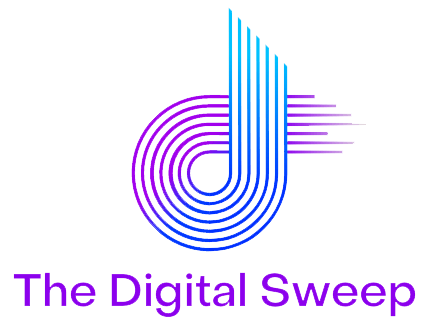Retargeting is a way to reach people who have already shown an interest in what you have to offer. It’s a form of online advertising that allows you to keep your brand in front of bounced traffic after they leave your website. You get another chance to convert those visitors into customers and grow your business through this methodology.
Before going into the different steps you can take to retarget customers, let’s look at some of the benefits of retargeting.
Benefits of Retargeting
Here are some of the critical benefits of retargeting:
- Increase sales: By keeping your product or service in front of people who have already shown an interest, you’re more likely to make a sale as compared to running an ad to a completely new potential customer. For instance, if someone visited your website but didn’t make a purchase, you can later target them with ads and special offers, which may lead to a sale.
- Generate leads: Retargeting is a great way of generating high quality leads as you already know that the audience is interested in your products. For instance, if you’re running a B2B business, you can target people who have visited your website with ads offering free whitepapers or e-books. They get access to the content in exchange for their contact information, and you get a lead.
- Improve brand awareness: By keeping your ads relevant and targeted, you can improve the chances that people will remember your brand when they’re ready to purchase.
Top 3 Ways to Retarget Customers
There are three main ways to retarget customers:
Display Ads
Display ads are the most commonly used form of retargeting as they offer a wide reach and can be personalized to target a specific audience.
This includes banner ads that appear on websites, and they can be targeted to people based on their interests, demographics, and even the specific pages they visited on your website.
For instance, if someone visited your website but didn’t make a purchase, you could target them with a display ad that offers a discount on the product they were interested in. Tools such as Google Display Network and AdRoll make it easy to set up display ads. You can use them to create personalized ads and target them to people who have visited your website.
Social Media Ads
Social media platforms such as Facebook, Instagram, and Twitter offer their own form of retargeting, known as social media ads.
These are similar to display ads, but they’re specifically targeted at social media users. For instance, if you’re running a Facebook ad campaign, you can target people who have visited your website with ads that appear in their newsfeed.
Software like AdRoll and SharpSpring make it easy to set up social media ads. You can start by creating a custom audience on a social media platform and then targeting them with ads. Similarly, you can use Twitter’s tailored audiences to target people who have visited your website.

Search Ads
Search ads are a form of retargeting that specifically targets people who have searched for keywords related to your product or service.
For instance, if someone searches for “shoes” on Google, you could target them with an ad for your online store. Or, if someone searches for “car insurance” on Bing, you could target them with an advertisement for your car insurance company.
You can use tools like Google AdWords and Bing Ads to set up search ads. Then, you can target people who have visited your website or searched for keywords related to your product.
5 Tools for Retargeting Customers
There are several different tools you can use to retarget customers. Here are five of the most popular:
- Google AdWords: Google AdWords is one of the most popular tools for retargeting as it offers a wide reach and low costs. You can use Google AdWords to create display ads, search ads, and even video ads.
- Bing Ads: Bing Ads is a tool similar to Google AdWords, but it specifically targets people using the Bing search engine. You can use Bing Ads to create display ads and search ads.
- AdRoll: AdRoll is a tool that offers a wide range of features for retargeting, including display ads, social media ads, and even email marketing. You can use it to create personalized ads and target them to people who have visited your website or searched for keywords related to your product.
- SharpSpring: SharpSpring is a marketing automation tool that offers a wide range of features, including retargeting. Through this, you can streamline your ad campaign where retargeting is done based on the original interaction of the customers with your brand.
- Criteo: Criteo specializes in dynamic retargeting that delivers ads at different stages of the shopper journey. You can use Criteo to create personalized video ads and tailored messages created with their machine learning software.
Conclusion
Retargeting solves one of the most significant issues in the digital economy – the advertising waste problem. It’s a form of advertising that allows you to specifically target people who have already shown an interest in your product or service. This way, you can ensure that your ads are seen by people who are more likely to convert.
Generating high-quality retargeting ads will take some time and effort. You will have to learn what your audience wants and needs. However, the results will be worth it as you can increase your conversion rate and sales.













0 Comments